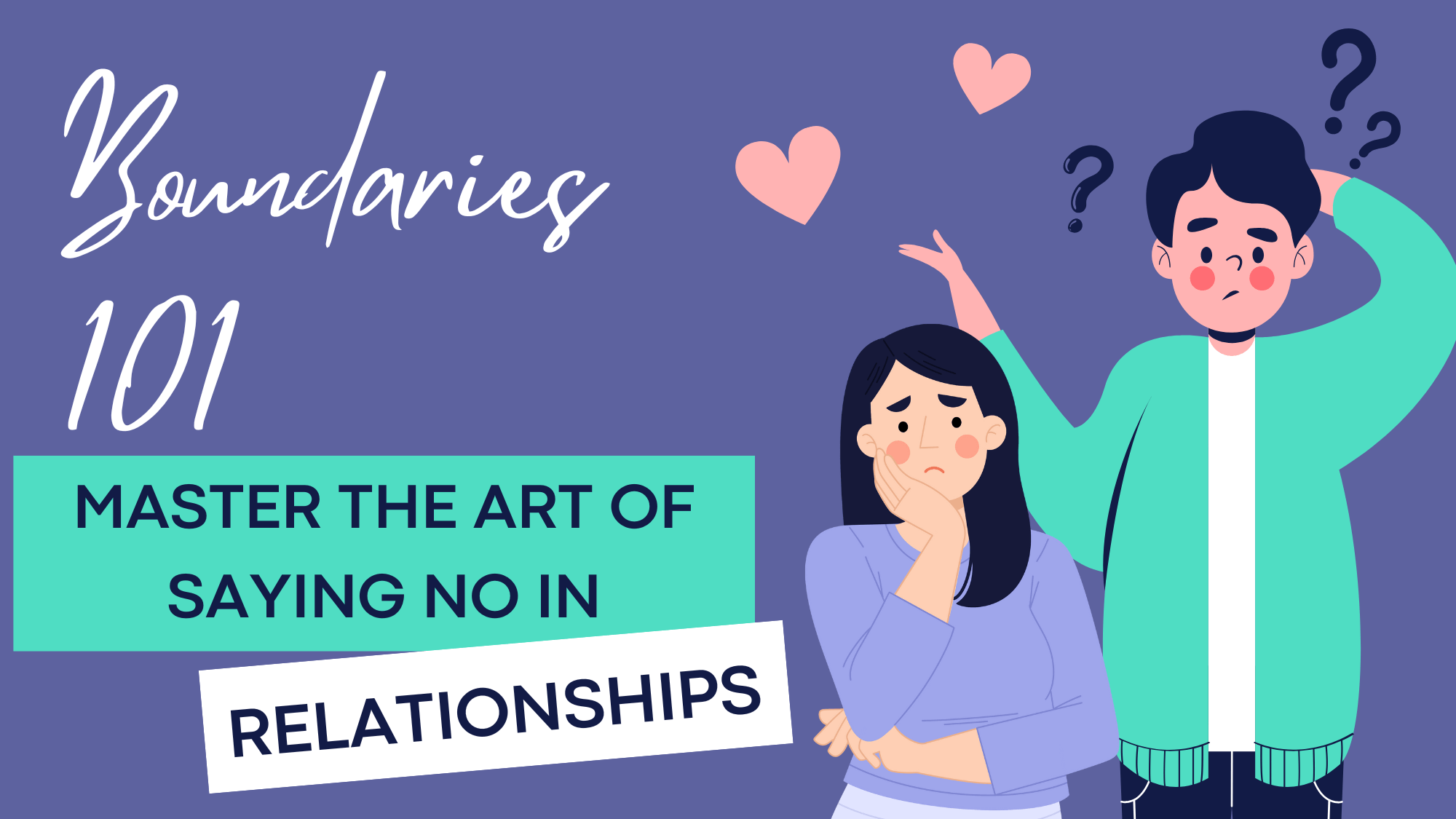The Power of Active Listening in Relationships: How to Truly Connect (Even When You’re Tired, Busy, or Frustrated)
Introduction
Let’s be honest: We’ve all been that person half-listening to a partner while mentally drafting a grocery list. You know the drill—nodding on autopilot, tossing out an “Mmm, wow,” and praying they don’t notice your brain is in another zip code.
But here’s the kicker: Those tiny moments of distraction add up. They erode trust, fuel resentment, and leave both people feeling lonelier than a single sock in a dryer.
I learned this the hard way. Early in my career as a relationship coach, a client told me, “My husband remembers every score from last night’s game but ‘forgets’ our plans. How is that possible?!” Her frustration wasn’t about sports—it was about feeling invisible.
That’s when I realized: Active listening isn’t just a “nice to have”… it’s survival gear for modern relationships. Let’s break down how to do it—without turning into a zen monk.
—
What Active Listening Actually Means (Spoiler: It’s Not Just Nodding)
Hearing vs. Listening: Why Your Partner Knows the Difference
Imagine your friend texts: “Ugh, my boss is the WORST.”
– Hearing Response: “Quit your job! 😤” (Cue awkward silence.)
– Active Listening Response: “Oof, that sounds brutal. Was this about the project deadline?”
See the shift? One dismisses; the other invites.
The Science Bit (Don’t Worry, It’s Painless)
Researchers at the University of Maryland found that couples who practice active listening have 34% less conflict during tough conversations. Why? Because it’s not about agreeing—it’s about acknowledging.
My Embarrassing “Aha” Moment
Years ago, my wife told me about a work conflict. I launched into fix-it mode: “You should email HR! Demand a meeting! Here’s a script—”
She cut me off: “I don’t need a lawyer. I need a hug.”
Oof. Lesson learned: Sometimes “listening” means shutting up and grabbing the ice cream.
—
Why Your Relationships Crave Active Listening (Even If You’re Skeptical)
Benefit 1: It’s a Trust Supercharger
When my brother came out to me, he later admitted: “I wasn’t scared of your reaction. I was scared you’d interrupt with a joke.” Letting him speak without interjecting built a bridge we still lean on today.
Benefit 2: It Slays the “But I’m Right!” Monster
Ever notice how fights spiral when both people just want to “win”? Active listening flips the script. Example:
– Before: “You never help with the kids!” → “I work 60 hours a week!” (Cue nuclear meltdown.)
– After: “You’re feeling overwhelmed because bedtime feels chaotic?” → “Yeah… maybe we can tag-team?”
Benefit 3: It Makes You Memorable (In a Good Way)
Think of the last person who made you feel truly heard. Chances are, you’d trust them with your Netflix password. That’s the magic of active listening—it turns “acquaintances” into allies.
—
How to Listen Actively (Without Sounding Like a Robot)
Step 1: Ditch the Multitasking Myth
Look, I get it. My attention span rivals a goldfish’s. But here’s the trick: Pretend their words are a fragile heirloom. You wouldn’t balance grandma’s china while scrolling TikTok.
Step 2: Channel Your Inner Parrot (Seriously)
Reflective listening isn’t parroting—it’s echoing the emotion. Try these:
– “Wait, so you’re saying [X] made you feel [Y]? Am I tracking?”
– “That’s a lot. It sounds like you’re [frustrated/overwhelmed/hopeful].”
Pro Tip: If you’re lost, say: “I want to get this right. Can you unpack that again?”
Step 3: Validate Like You Mean It (Even If You’re Confused)
Example: Your partner vents about their mom. Instead of “She’s just trying to help!” try:
“Ugh, unsolicited advice is the worst. I’d feel smothered too.”
Step 4: Ask Questions That Don’t Suck
Bad question: “Why didn’t you just [X]?” (Feels judgey.)
Good question: “What part of this is eating at you the most?”
—
5 Mistakes That Scream “I’m Not Listening” (And How to Fix Them)
1. The “But…” Bomb
– “I hear you, BUT…” → Swaps empathy for debate.
– Fix: Replace “but” with “and.” “I hear you, AND I’m curious how we can fix this.”
2. The Advice Avalanche
– Fix: Ask: “You want brainstorming, or just a sounding board?”
3. The Trauma Olympics
– “You think THAT’S bad? Let me tell you about…”
– Fix: Write your story down, then burn it. Metaphorically.
—
FAQs:
Q: “What if I’m too angry to listen?”
A: Say so! “I care, but I need 10 minutes to cool off so I can really hear you.”
Q: “Does this work with teenagers?”
A: Teen tested, mom approved. My 15-year-old niece once texted: “Ur the only adult who doesn’t pretend to ‘get’ TikTok.” High praise.
Q: “How do I know if I’m being heard?”
A: Use the “Borrow My Glasses” method: “I’m not sure I’m explaining this well. Can you repeat back what you’re hearing?”
—
Conclusion: Your Turn to “Try Quiet”
Active listening isn’t about flawless execution—it’s about showing up, fumbles and all. As my wise, ice-cream-loving wife says: “The best listeners aren’t saints; they’re people who care enough to mute the noise.”
Challenge:
Next time someone shares, let your first response be: “Tell me more.” Then? Let silence do the heavy lifting.




